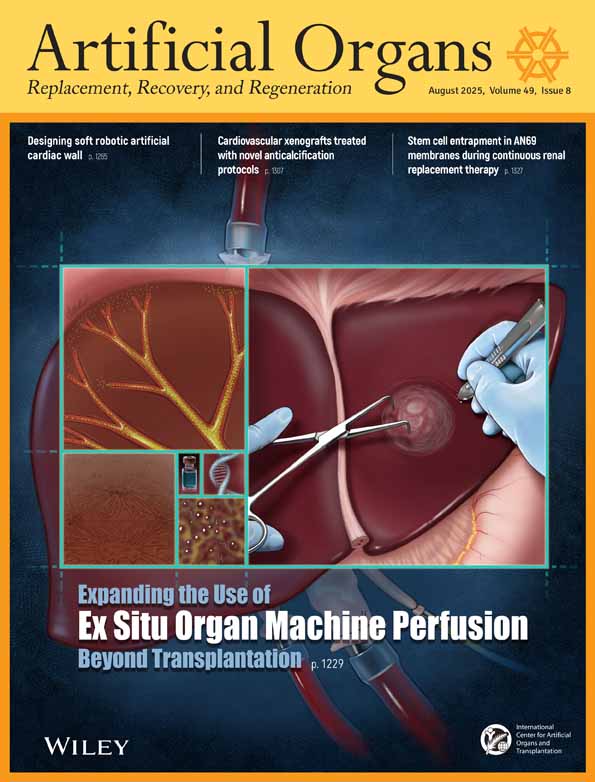U.S. Clinical Studies of the Treatment of Anemia with Fluosol-DA 20%
Abstract
Abstract: This article describes the progress of clinical studies of the perfluorochemical (PFC) emulsion Fluosol-DA 20% in the United States. To date, two studies have been completed and one is in progress. All three studies have been restricted to the treatment of acute anemia in patients who refused blood transfusions on religious grounds, i.e., Jehovah's Witnesses. The first protocol, referred to as the “Humanitarian Protocol“ (no. 79006), was initiated in November 1979. Jehovah's Witness patients who were considered to have a lethal degree of anemia were treated with Fluosol to supplement oxygen transport. Collection of specific data was not mandated in this protocol. Six patients were treated under this protocol until it was replaced by the “Medical Use Protocol“ (no. 79007). In this second study, hemodynamic and oxygen transport data were collected while patients breathed room air and 100% inspired oxygen before and after a Fluosol infusion. Seven patients were treated under this protocol and it was concluded that the PFC was transporting the expected amount of oxygen based on its known oxygen solubility. This increased oxygen transport by the PFC resulted in increased oxygen consumption and arterial and mixed venous blood oxygenation. Two of the seven patients had adverse reactions to a 0.5-ml test dose of Fluosol, manifested by an increase in pulmonary artery systolic pressure. The third and current anemia protocol as of this writing is a randomized controlled study with data collection similar to the Medical Use Protocol. This third protocol, called “Anemia Protocol“ (no. 8105), stipulates that cardiac filling pressures be normalized before Fluosol treatment and then data collected (filling pressures should be similar before and after Fluosol treatment). This modification should permit a separation of the oxygen transport effects of Fluosol from its volume loading effects when compared with a control group.




